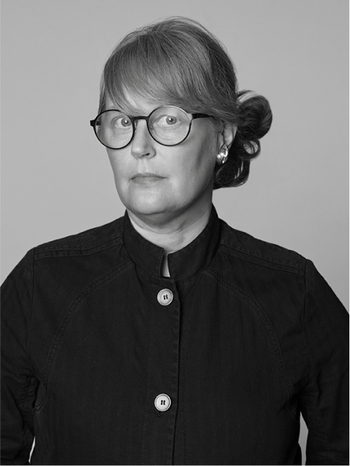Tapio Wirkkala
A sterling silver necklace "Half-moon", E Westerback Helsinkki 1973
Dimensions of the pendant 80 x 85 mm, length approximately 81 cm, weight 27 g. Case included.
Wear due to age and use.
More information
The international breakthrough of Finnish design in the 1950s is largely attributed to Tapio Wirkkala (1915–1985), an exceptionally prolific artist who mastered almost any material and designed both utilitarian and unique objects.
Tapio Wirkkala's versatility was based on great craftsmanship skills, which allowed him to work with a wide range of materials. Wirkkala graduated as a carpenter from the Central School of Applied Arts in 1936, and after the war, he began gaining a reputation as a pioneer in glass and silver art due to his success in various design competitions. One of Wirkkala's most important collaborators in the production of silver objects was Kultakeskus, whose production he renewed in the 1950s. Over the three decades of collaboration with Kultakeskus, Wirkkala designed a large number of objects, many of which were hand-forged.
Tapio Wirkkala worked for several companies, engaging in both mass production and unique pieces. Despite a diversity of design projects, certain themes were recurring in his production. A significant source of inspiration for Wirkkala's work was the nature of Lapland, where he lived for a significant part of the year with his family. The dedicated artist never abandoned his stays in Lapland, where he regularly retreated to explore and draw inspiration from nature. Ice and snow formations served as the basis for many glass objects, while boats and leaves inspired several silver pieces, such as the silver bowl TW9, which was produced by Kultakeskus as a commissioned work.
Designer
Tapio Wirkkala (1915-1985) rose to world fame in the early 1950s following the breakthrough of Finnish industrial design. He was an exceptionally prolific artist who mastered almost any material and designed both everyday objects and unique works of art.
Wirkkala graduated as a decorative carver from Taideteollisuuskeskuskoulu (the School of Art and Design) in 1936, after succeeding in various design competitions, he began to gain a reputation as a pioneer of glass and silver. One of Wirkkala's most important partners in the silver industry was Kultakeskus, whose production he renewed in the 1950s. During the three decades of cooperation, Wirkkala designed a large number of products for Kultakeskus, many of which were forged by hand.
Tapio Wirkkala worked for several companies simultaneously on both serial production and more individual design work. Despite the variety of design tasks, certain themes can be seen repeated in his production. Wirkkala drew inspiration from the landscapes of Lapland, where he lived with his family for part of the year. The busy artist did not compromise on his travels to Lapland under any circumstances, and he travelled to the north regularly to explore nature and seek inspiration. The forms of snow and the melting ice was the inspiration behind many of his glass objects, and the shapes of boats and leaves came to serve as an inspiration for several silver objects, such as the TW9 silver bowl, which was commissioned and handcrafted for Kultakeskus.
Read more








































